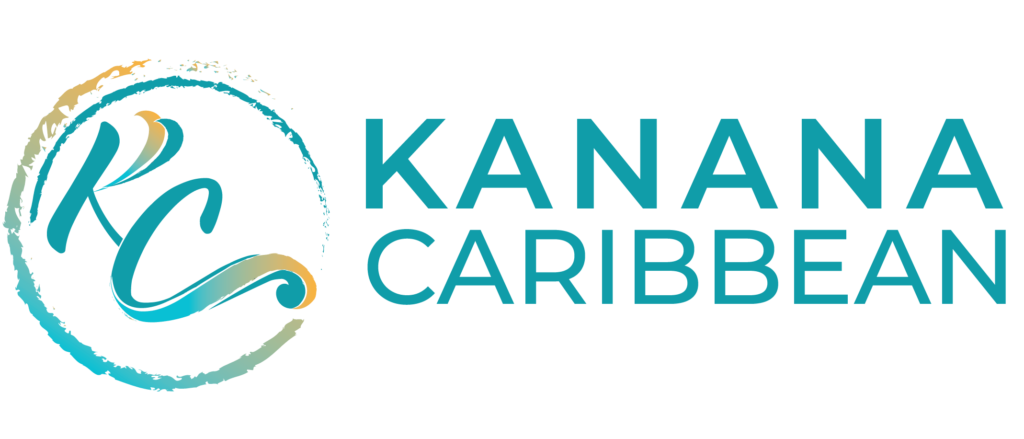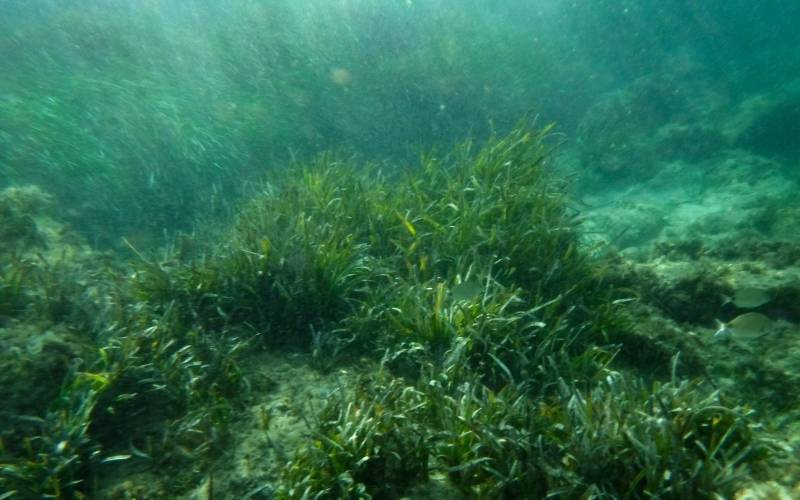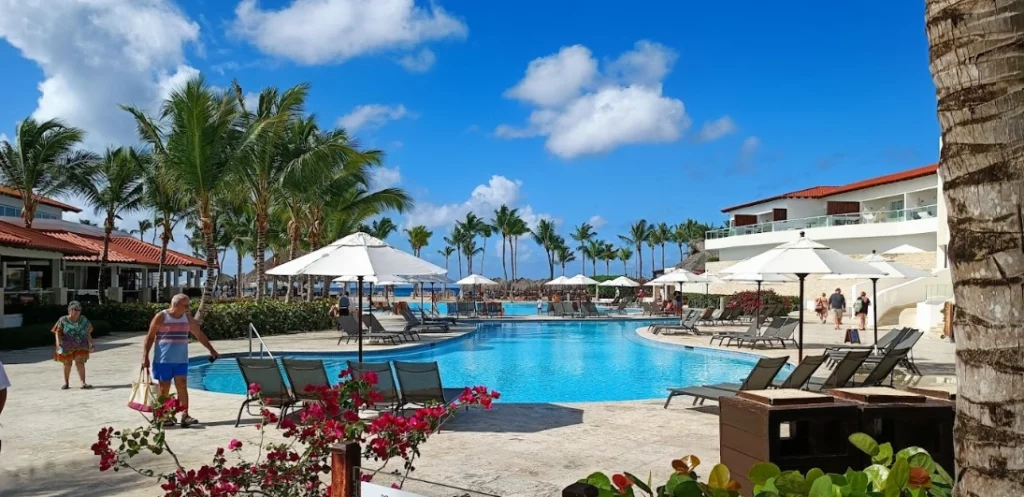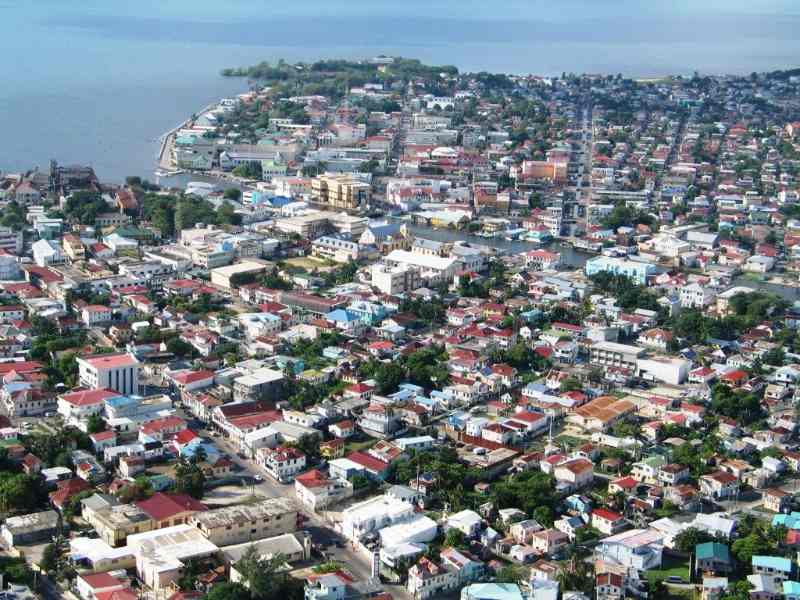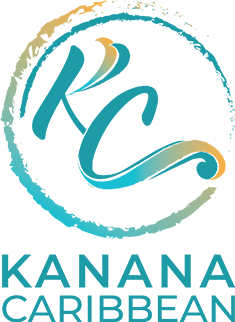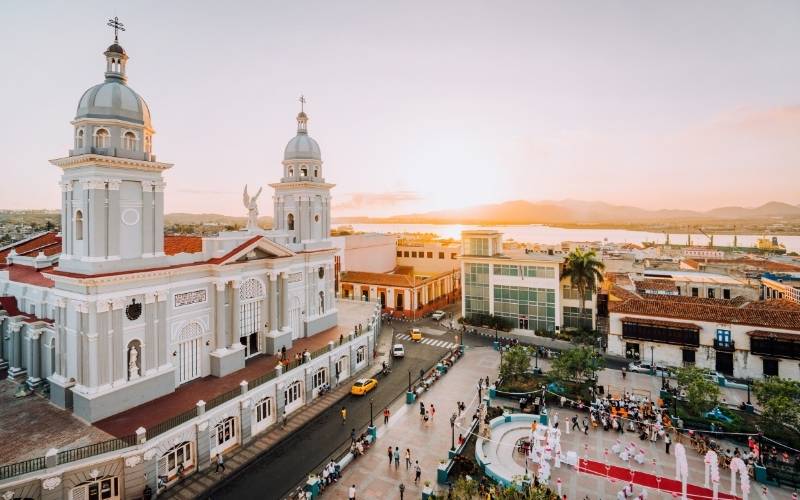
Home » What Is The Population Of The Cayman Islands?
What Is The Population Of The Cayman Islands?
The Cayman Islands are a British overseas territory in the Caribbean Sea, consisting of the islands of Grand Cayman, Little Cayman, and Cayman Brac. They are located approximately 290 kilometers (180 miles) to the northwest of Jamaica.
The islands are the tops of a submerged mountain range that runs northeast from Belize to Cuba. The island of Grand Cayman is home to George Town, the nation’s capital.
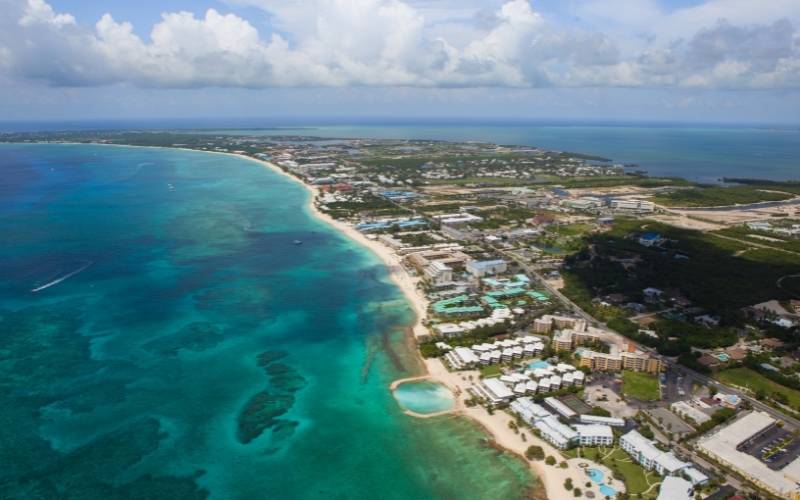
About one-fifth of Caymanians are of European, primarily British, heritage; another fifth are blacks, who are the descendants of African slaves; and the remaining two-fifths are of mixed African and European descent. The remaining residents are either of diverse ancestries or expatriates from other countries.
In addition to being the country’s official language, English is most commonly used in everyday conversation. The majority of people speak Spanish as a second language. The largest concentration of people lives in and around George Town, which is also the capital of the territory.
Grand Cayman is home to more than half of the island’s total inhabitants. Church of God, United Church in Jamaica and the Cayman Islands (Presbyterian/Congregationalist), Baptist, Anglican, Roman Catholic, and Seventh-day Adventist are the most prominent religions in the Cayman Islands. The majority of the population of the Cayman Islands is Christian.
Demographics in Cayman Island
Table of Contents
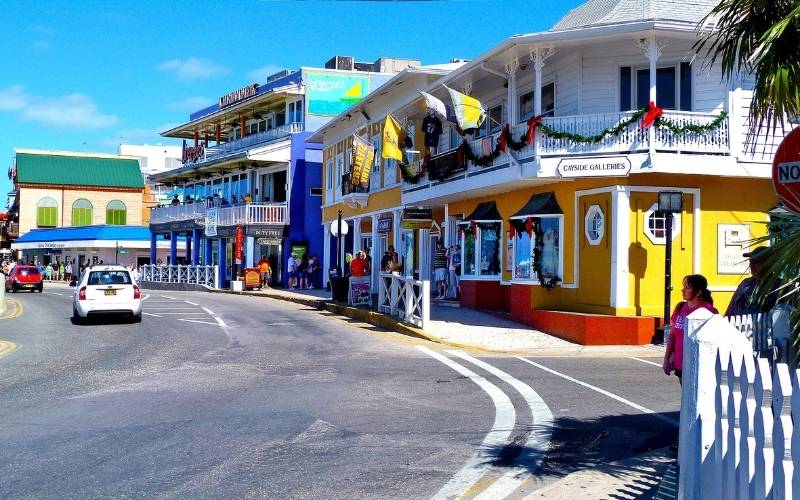
As of fall 2021, the Cayman Islands has a population of 69,656, according to the Government of the Cayman Islands’ Economics and Statistics Office.
Census officials reported that a significant portion of the population did not participate in the 2021 census, confirming the population estimate of over 72,000. 52.9 per cent of the population is Caymanian, while 45.9% is non-Caymanian. Non-Caymanians include individuals on work permits, children of work permit holders, permanent residents, and others.
The 2021 census reported that non-Caymanians make up 56 per cent of the workforce, marking the first time in the territory’s history that working immigrants have outnumbered working Caymanians. The majority of Caymanians are of African and European descent.
Slavery was not widespread on the islands, and after it was abolished, communities seemed to integrate more willingly than in other Caribbean nations and territories, resulting in a more mixed-race population. The demographics of the country are rapidly shifting.
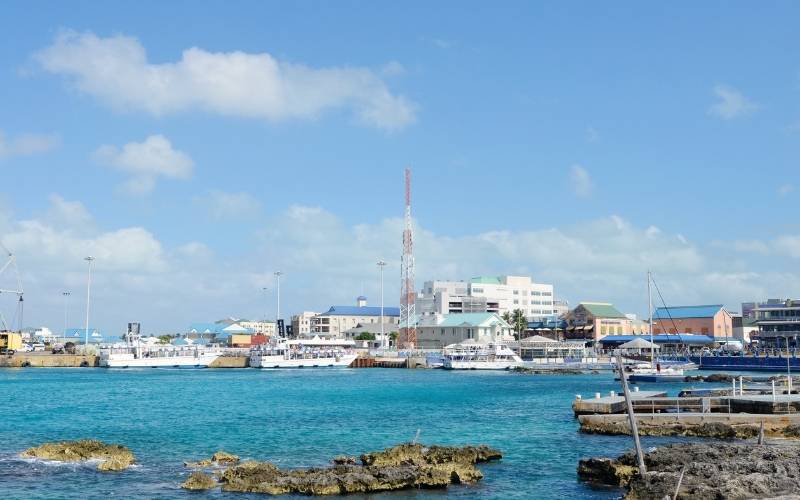
Although immigration has a significant impact, the shifting demographics of the population have raised concerns in the most recent census. Compared to the 2010 census, the 2021 census revealed that seniors over the age of 65 accounted for 36% of Cayman’s population growth, while groups under the age of 15 accounted for only 8%.
This is related to Caymanians’ unusually low birth rates, which nearly require the government to seek out workers from other countries to maintain the country’s economic prosperity. Many young Caymanians, however, are concerned about the workforce becoming more competitive due to the influx of employees and the rising cost of rent and property.
George Town
George Town is a city in the Cayman Islands, located on Grand Cayman. It is the capital of the Cayman Islands, located in the British West Indies. It has a population of 40,200 people, making it the largest city in the British Overseas Territories (by population).
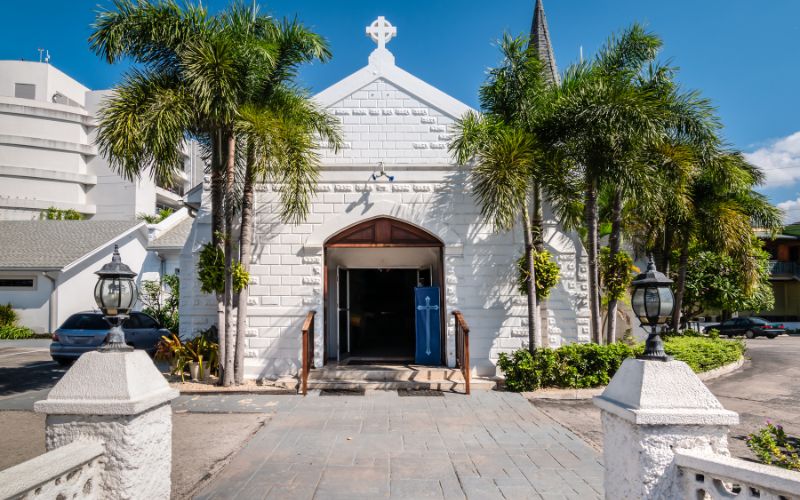
The financial services business in the Cayman Islands is centered in George Town (there are close to 600 Bank and Trust companies in the Cayman Islands). The city houses the Caymanian government offices. George Town is classified as a Beta city by the Globalization and World Cities Research Network in 2016.
More than a hundred countries are represented in George Town’s population. Caymanians make up 39.1% of the population of George Town. Non-Caymanians make up 60.9 percent of the population. Jamaicans make up 18.5 percent of the population, while Filipinos make up 9.3 percent.
Canadians make up 5.2 percent of the population. British citizens make up 3.8 percent of the population, while Hondurans make up 3.7 percent. Indian nationals make up 2.9 percent of the population. Dominicans account for 1.9 percent, Cubans for 1.3 percent, Nicaraguans and Colombians for 1% each. The remaining 12.3 percent is made up of people from other countries.
The city borders of George Town stretch from the boundary of the South Shore District to just beyond Owen Roberts International Airport in the north, south to Hog Sty Bay in the south, and west to Seven Mile Beach and the West Bay District in the west.
The famous Seven Mile Beach in George Town is a lengthy crescent of coral-sand beach that stretches up to the West Bay district of Grand Cayman and is the island’s most popular and populous tourist destination.
West Bay
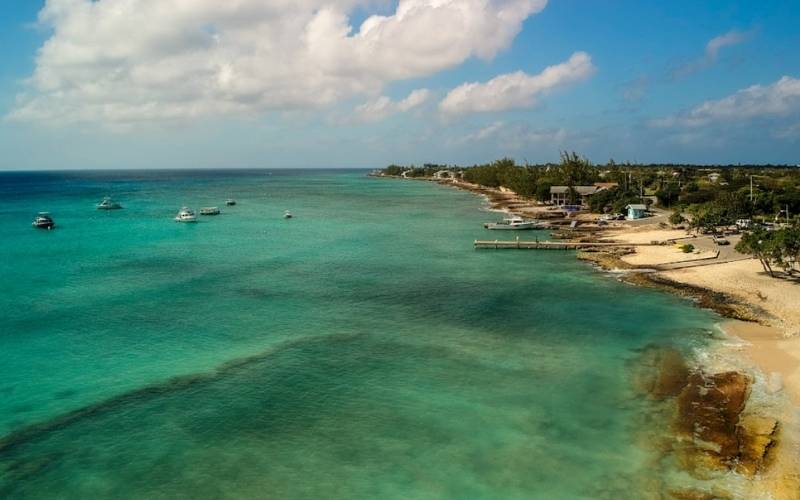
West Bay is a district of Grand Cayman Island in the British West Indies, located on the island’s western side. It has a population of 15,436 people. The residential neighborhood of West Bay can be found to the north of Grand Cayman’s Seven Mile Beach, a popular destination for tourists.
In addition, it is a popular tourist destination, and attractions like Hell, the Cayman Turtle Farm, the Cayman Motor Museum, and Dolphin Adventure can be found there. The Scholars International football club is based there. A public beach in West Bay is equipped with changing rooms and facilities that are open to the general public.
The beach is popular due to its proximity to Grand Cayman’s eateries. Many people gathered here to witness the sinking of the USS Kittiwake in 2011.
Bodden Town

Bodden Town, located on Grand Cayman, is not only the centre of the largest district in the Cayman Islands but also the city that formerly served as the capital of the Cayman Islands. It is built on a coral reef and a natural harbor.
The initial settlement was named after a high-ranking government official. Pirates destroyed this settlement in the past, and today it is famous for the remnants of a wall and cannon that stretch for around 6 kilometers (4 miles). 16,325 people are living in Bodden Town now (2019 est.).
The Mission House, which depicts the way of life of the first Caymanian settlers and is one of the most popular attractions, is one of the city’s highlights. In terms of the resident population, Bodden Town is also the quickest-growing region on the islands.
North Side

The Cayman Islands’ North Side is a town and district. It has a population of 1,840 people and is located on Grand Cayman’s northern coast.
In the district, there is a primary school and a high school, as well as the North Side FC, an association football team.
East End
East End is a town and one of the Cayman Islands’ five districts. It is located on Grand Cayman’s southeast coast and has a population of 1,749 in 2021.
Cayman Brac and Little Cayman
Cayman Brac, located 90 miles off the coast of Grand Cayman, is rich in natural wonders and offers an off-the-beaten-path, adventure-fueled travel experience.
The “Brac” is a rough and lovely 14 square miles with a population of around 2000 ‘Brackers,’ as the island’s people are known, named after its spectacular 153-foot bluff. Walking, hiking, motorcycling, taking leisurely drives, or simply relaxing in peaceful isolation are all possible in Cayman Brac’s secure, tranquil environment.
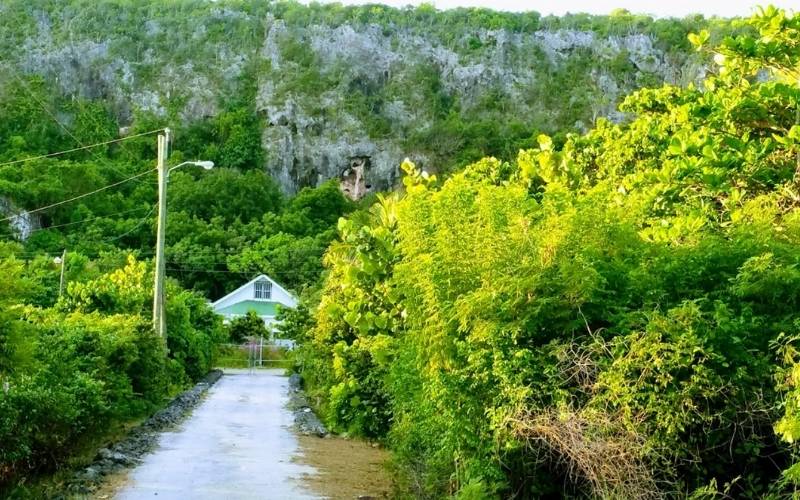
Little Cayman is the smallest, least developed, and most serene of the three islands, and it typifies the notion of an island vacation, attracting divers, naturalists, and photographers alike. With a population of less than 200 people and a land area of barely ten square miles, Little Cayman offers a rare blend of sun-drenched isolation, dazzling beaches, and miles of unspoilt tropical wildlife.
In the Booby Pond Nature Reserve, a recognised wetland of international importance, Little Cayman is also home to the Caribbean’s largest colony of red-footed boobies. The reserve is home to roughly 350 frigate birds in addition to 20,000 red-footed boobies.
The National Trust’s bird viewpoint on Booby Pond is the greatest spot to see and photograph boobies, especially around sunset, when you can watch the boobies return to their nesting grounds and try to outsmart the frigate birds. On the main island, about 32,000 people live full-time, followed by 1,200 on Cayman Brac and only 120 on Little Cayman.
It’s a diverse population with people from all over the world. Non-Caymanians make up around a third of the population.
KEY TAKEAWAYS ...🛪
It can be concluded that Grand Cayman (the largest), Little Cayman, and Cayman Brac are among the islands. George Town is the capital of Grand Cayman and the official language is English.
Despite the fact that Christopher Columbus discovered the islands in 1503, they were never colonized by the Spanish. They were ceded to the British in 1670, and the English arrived from Jamaica to settle them. Until Jamaica’s independence in 1962, the islands were ruled as a dependency of Jamaica. In 1972, a constitution was passed; it was replaced in 2009.
The British sovereign appoints the governor of the Cayman Islands. The islands are a famous vacation destination as well as a financial hub.
